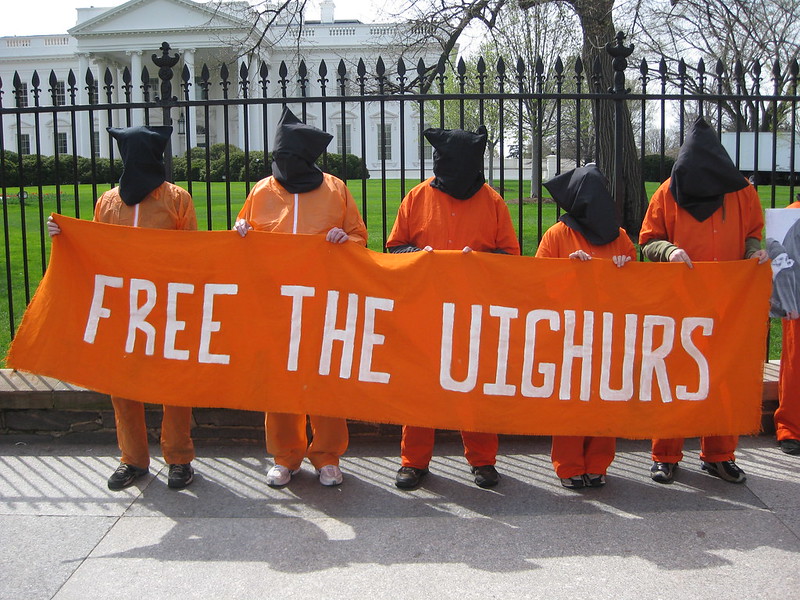H. Sterling Burnett writes on Townhall:
“The International Energy Agency reports that offshore wind requires more scarce minerals, rare earth elements, and other critical metals per kilowatt hour of energy produced than any other source of electric power generation, renewable and non-renewable alike. Onshore wind and solar are the next most critical-mineral-intensive sources.
“The vast majority of these critical minerals and elements are mined abroad, and almost all the refining of them is done by China alone.”
He elaborates:
“The conditions under which many of these minerals are produced are appalling. . . . The Democratic Republic of Congo (DRC) is the largest producer of the cobalt in the world, by far. A large percentage of the cobalt is produced from small mines, where child labor is the norm, not the exception.”
“What’s more, China is the largest single provider of most of the critical minerals and rare earths used around the globe, and is almost the only refiner of such products. This means minerals and rare earth elements mined elsewhere, often with Chinese funding, are shipped to China for processing into usable materials. Much of the mining and refining of materials in China is produced by forced or slave labor, often of persecuted religious minorities, like Falun Gong followers and Uighurs.”
See this post for further discussion of child labor in the Congo, with Wall Street Journal commentary. And there is a more fundamental question, asked in my post on a different blog: While China’s oppression of minorities is dreadful, what do we think about the decisions of families in the Congo to send their children to these mines? Are we helping or hurting those families if we purchase the minerals extracted by their children? As I asked then: “If we stop buying cobalt (and some companies are striving to find replacements) will we help those children? Or will we deprive them and their parents of a living?”
Image above from Future Atlas under a license by Creative Commons.


1 thought on “‘Green’ Agenda Relies on Slave and Child Labor in China and Africa”